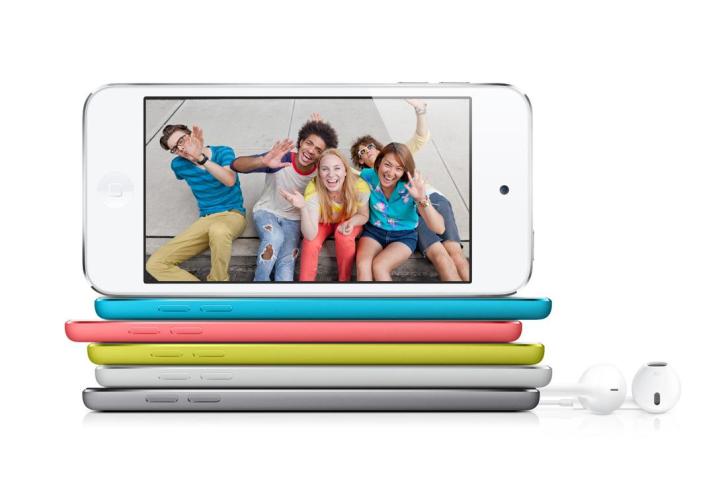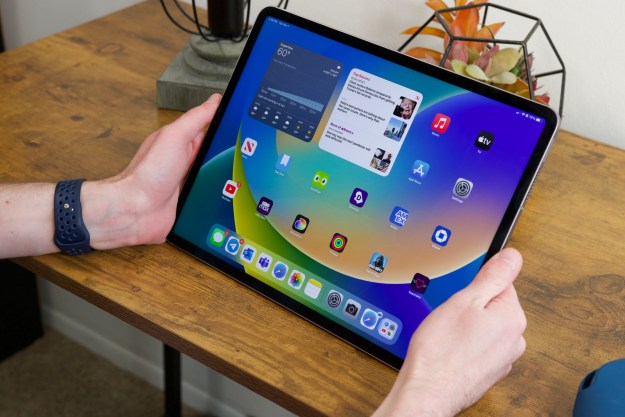Like the BlackBerry, I thought that the iPod Touch died over a decade ago. The iPhone had cast such a large shadow over its little cousin after its introduction in 2007 that it might have killed it because it didn’t want to share the spotlight with a device that didn’t have the ability to make phone calls. My older brother was the last person I saw using the iPod Touch. When we were teenagers, he was envious of me carrying the iPod Classic, and always begged me to let him borrow it for whatever reason he may have had. So to avoid pissing me off even further, he got the iPod Touch, which was not only better than the click wheel iPod I had, but it was a cheaper option than the iPhone my parents (mostly my stepfather) couldn’t bring themselves to trust him with in high school because he had lost other phones whether it was his fault or not. I can’t remember if he bought the iPod Touch himself or got it as a Christmas present, but he lost it one day while visiting a hotel with my stepdad.
Today, my brother is happy with his iPhone 11, his second mobile Apple device after the iPhone 7. There are times when I have wondered if he ever missed holding the first touchscreen device he ever had — especially on Tuesday, when Apple announced it had discontinued the iPod Touch, effectively ending the iPod line. You can still get your hands on the iPod Touch while supplies last, though it might get sold out by the time this article gets published.
The regular iPod died out in 2014 along with the iPod Nano and iPod Shuffle. The iPod Touch, on the other hand? I had no idea it was still around. How exactly did the iPod Touch manage to hang around after all these years?
Philosophical improvement on the original iPod

When the original iPod came out in 2001, it gave users the ability to walk around with a miniature music player in their pocket instead of lugging around a CD player and changing out CDs every hour. As the iPod Touch burst onto the scene in late 2007, fans were able to do more than just listen to music. They could browse the internet on Safari, watch videos on YouTube, play games, take pictures, check the weather, use a calculator, send messages to their friends and family, and more. In essence, it was a pocket touchscreen computer that had everything the iPhone was capable of running — it just removed the Phone app (and radios).
No longer did people have to use a dirty click wheel to search for their favorite songs or transfer their music files from their computer to the device. They were able to lighten the workload and go straight to the iTunes Store to download their favorite songs. Or, if they wanted more bang for their buck, they could download and subscribe to Apple Music or Spotify and listen to music.
As Greg Joswiak, Apple’s senior vice president of Worldwide Marketing, said in a press release, “Music has always been part of our core at Apple, and bringing it to hundreds of millions of users in the way iPod did impacted more than just the music industry — it also redefined how music is discovered, listened to, and shared.” Not only did the iPod Touch redefine how people get their music, but it also allowed them to listen to their favorite songs, headphone jack and all, without getting distracted by other apps. Well, that’s not entirely true because it was still possible to get distracted by social media apps that came in later models, but even so, users were able to listen to their songs while exercising or just sitting at home without getting cut off by a phone call.
First touchscreen device for kids

One of the reasons the iPod Touch stuck around for 15 years is because it was a stepping stone for kids who were too young to have an iPhone in the first place. In the late 2000s, kids wouldn’t get their first cellphone, let alone their first iPhone, until they were in middle school or high school, depending on how mature their parents think they are to handle that responsibility. Nowadays, we’re seeing kids get iPhones as early as fourth grade. (Editor/parental note: can confirm)
More often than not, kids beg their parents for an iPhone so that they can fit in with their friends and classmates who already have one and access the same apps and features they do. Some parents don’t give their kids an iPhone before middle school, but those who do set limits on social media usage and the minutes they can use to talk to their friends to avoid racking up a high phone bill. There are some parents with children clamoring to get an iPhone like their teenage siblings, but to avoid paying even more money per month for another phone, they get them an iPod Touch.
The iPod Touch may have seemed like a downgrade from the iPhone, but it still had most of the same apps and features as its popular cousin, like YouTube, a camera, a photo album, games, internet browsing, Wi-Fi connectivity, messaging capabilities (in later models), and more importantly, the ability to download songs from iTunes and listen to music. For a one-time purchase of $199 or more, depending on how much memory the iPod Touch had, parents gave their young ones the opportunity to practice navigating the user interface of an iOS device before graduating to a “real” one.
Now that the iPod Touch is gone for good, the only device kids will have to rely on now before getting an iPhone is either their parents’ iPhone, which they can only borrow for a short while, or an iPad Mini. How else are they going to get their technology bragging rights at school? That might be the real tragedy here.
Editors' Recommendations
- This one Apple Fitness feature completely changed how I exercise
- Here’s how Apple could change your iPhone forever
- I need to change how I use Apple tech in 2024. Here’s how I’m going to do it
- I did an iPhone 15 Pro Max camera test and the results shocked me
- Apple did something with the iPhone 15 Plus that I didn’t expect




